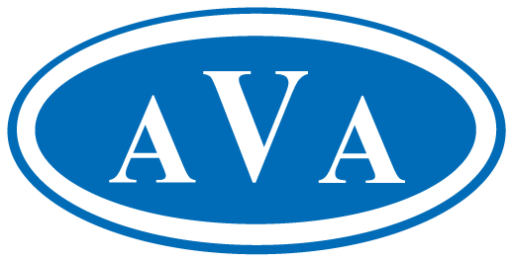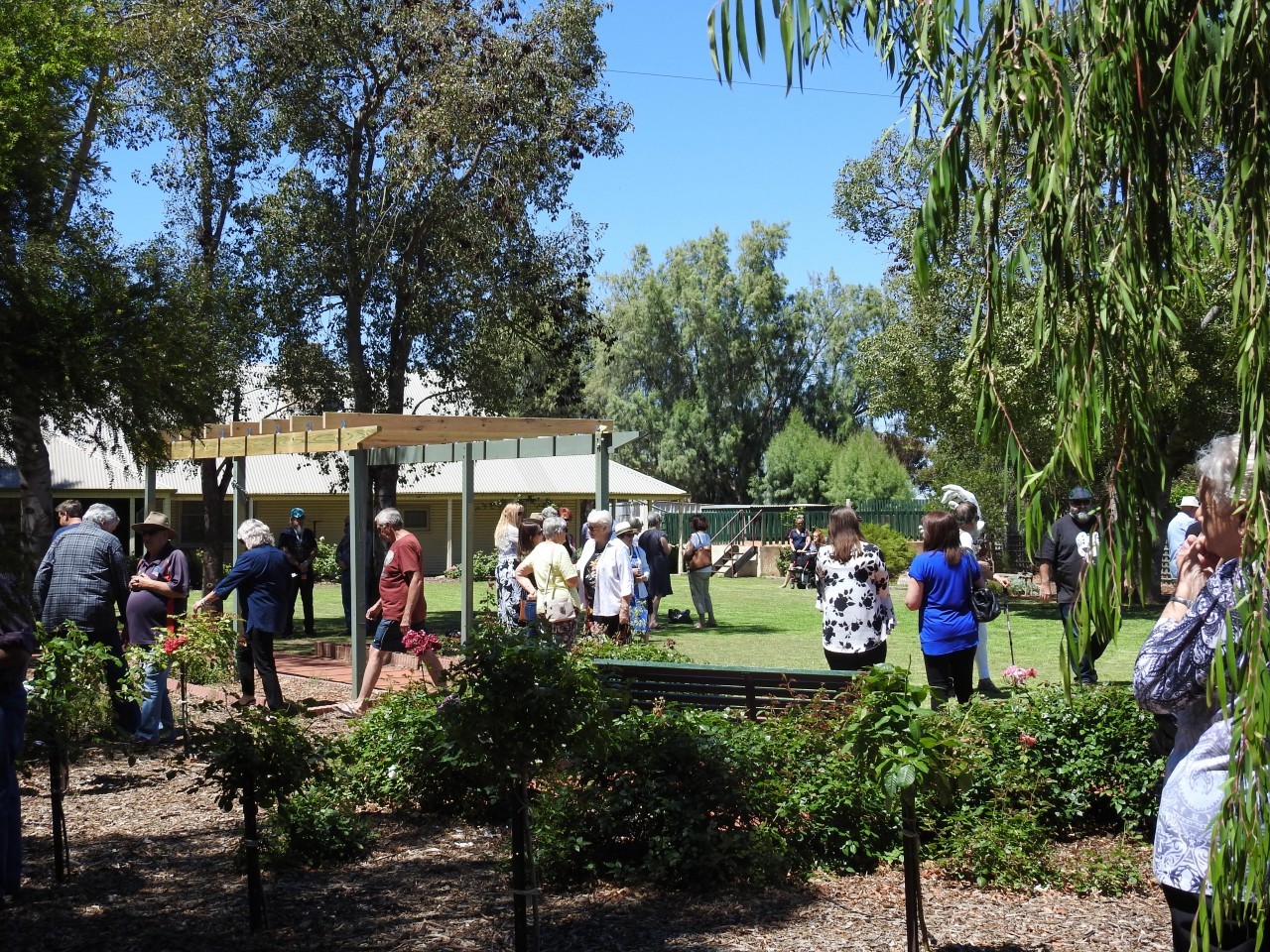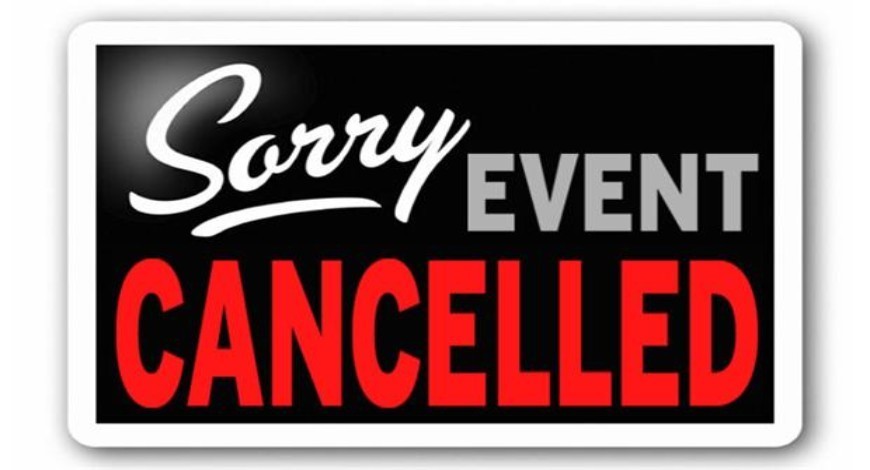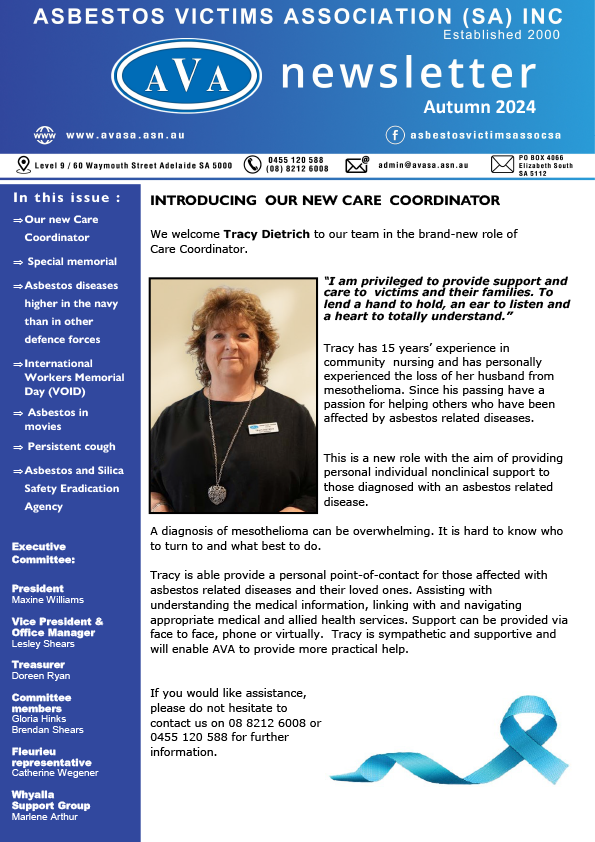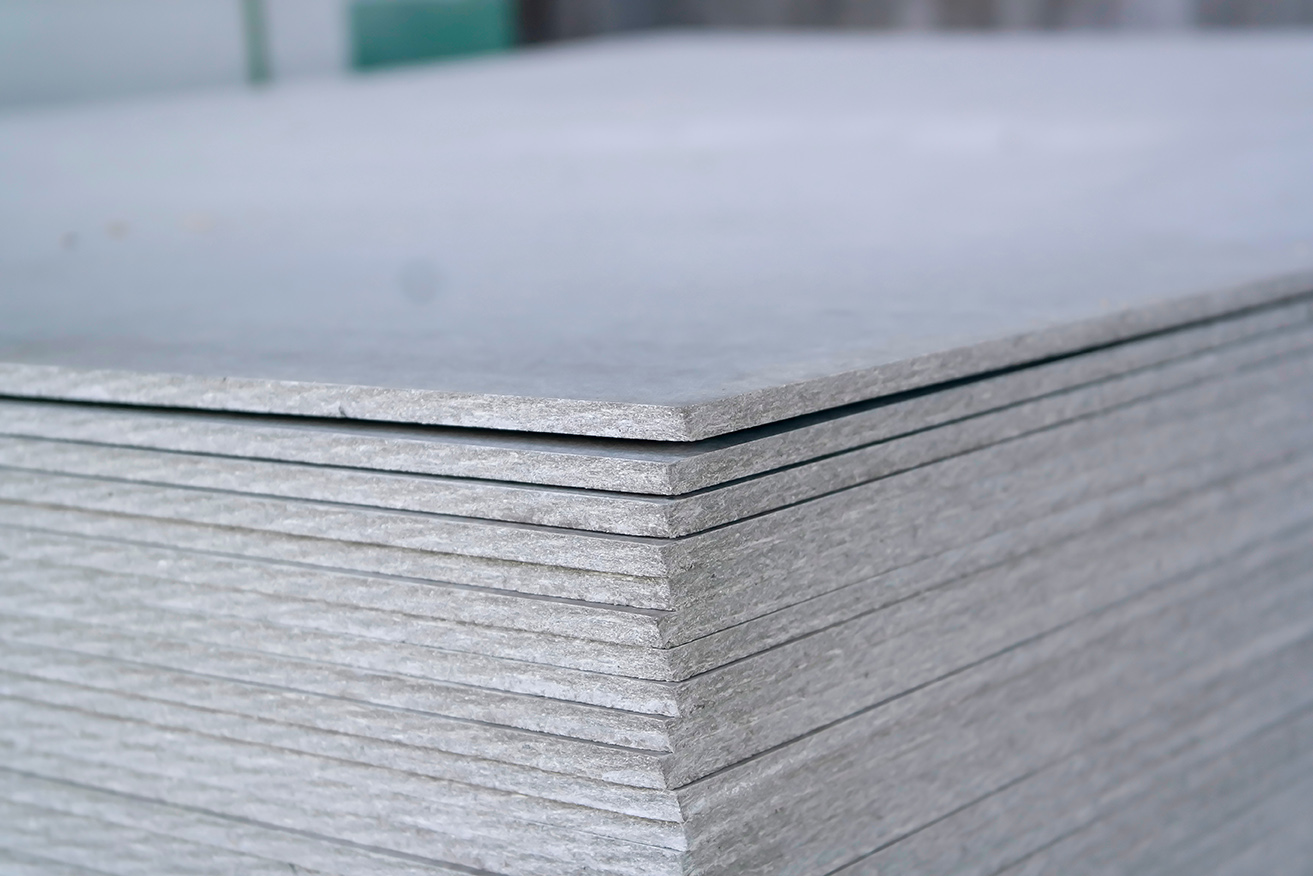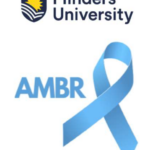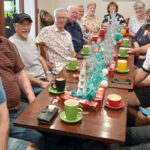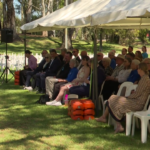Did you know that lung cancer accounts for nearly 1 in 5 cancer deaths? It claims more lives yearly than breast, colon and prostate cancers combined.
Mesothelioma – lung cancer caused by asbestos exposure: is one of the deadliest types of lung cancer – there is no cure, and the prognosis is always terminal.
Today, on World Lung Cancer Day, we are encouraging you to be aware of the dangers of asbestos here. . And take steps to make sure you are protecting yourself and your family from exposure.
Asbestos is extremely prevalent in the Australian built environment – 1 in 3 homes has asbestos, many workplaces, and occupations still have high asbestos exposure risks, and a single fibre exposure can be enough to cause asbestos-related disease.
Unfortunately, it’s also a big concern in many occupations and workplaces.
It’s an unenviable fact that living in Australia means potentially living with asbestos.
And with our growing renovation culture, even something as simple as sanding and repainting your walls, drilling into a wall to mount a TV or pulling up lino can be an exposure risk.
Did you know:
1 in 3 Australian homes has asbestos.
There is no known safe level of asbestos exposure – one fibre could cause cancer.
Over 4,000 people die every year from asbestos disease – primarily mesothelioma.
Today on World Lung Cancer Day, make sure you’re asbestos aware.
We encourage you to never try and remove asbestos yourself from a home, at work or in the community – always call a professional. Remember, there is no safe exposure level – don’t take a chance.
Workplaces where there is a known risk should have a clear management plan and protocol, and training offered to work safely in this environment – speak to your employer or workplace representative to find out what the plan is for your workplace.
If you’re concerned, there might be asbestos in your home, you can easily organise to have your home checked
Find a licenced asbestos removalist (Safework SA) in South Australia
Asbestos removalists must be appropriately licensed(external site) and comply with all the relevant duties under the Work Health and Safety Act 2012 (SA)(external site) and Work Health and Safety Regulations 2012(external site) (SA).
Class A asbestos removal licence holders(external site) can remove all asbestos-containing materials including friable asbestos.
Class B asbestos removal licence holders(external site) can remove any amount of non-friable asbestos.
If you’re working in a trade that could potentially see asbestos exposure, make sure you speak to your employer about the safety protocols that exist in your workplace, or checkout some information for tradespeople here.
If you’d like any information about asbestos safety, you can contact Asbestos Victims Association (SA) Inc on 0455 120 588 or The Asbestos Safety and Eradication Agency: 1300 326 148 | [email protected] or asbestossafety.gov.au
Stay safe!
Mesothelioma – lung cancer caused by asbestos exposure: is one of the deadliest types of lung cancer – there is no cure, and the prognosis is always terminal.
Today, on World Lung Cancer Day, we are encouraging you to be aware of the dangers of asbestos here. . And take steps to make sure you are protecting yourself and your family from exposure.
Asbestos is extremely prevalent in the Australian built environment – 1 in 3 homes has asbestos, many workplaces, and occupations still have high asbestos exposure risks, and a single fibre exposure can be enough to cause asbestos-related disease.
Unfortunately, it’s also a big concern in many occupations and workplaces.
It’s an unenviable fact that living in Australia means potentially living with asbestos.
And with our growing renovation culture, even something as simple as sanding and repainting your walls, drilling into a wall to mount a TV or pulling up lino can be an exposure risk.
Did you know:
1 in 3 Australian homes has asbestos.
There is no known safe level of asbestos exposure – one fibre could cause cancer.
Over 4,000 people die every year from asbestos disease – primarily mesothelioma.
Today on World Lung Cancer Day, make sure you’re asbestos aware.
We encourage you to never try and remove asbestos yourself from a home, at work or in the community – always call a professional. Remember, there is no safe exposure level – don’t take a chance.
Workplaces where there is a known risk should have a clear management plan and protocol, and training offered to work safely in this environment – speak to your employer or workplace representative to find out what the plan is for your workplace.
If you’re concerned, there might be asbestos in your home, you can easily organise to have your home checked
Find a licenced asbestos removalist (Safework SA) in South Australia
Asbestos removalists must be appropriately licensed(external site) and comply with all the relevant duties under the Work Health and Safety Act 2012 (SA)(external site) and Work Health and Safety Regulations 2012(external site) (SA).
Class A asbestos removal licence holders(external site) can remove all asbestos-containing materials including friable asbestos.
Class B asbestos removal licence holders(external site) can remove any amount of non-friable asbestos.
If you’re working in a trade that could potentially see asbestos exposure, make sure you speak to your employer about the safety protocols that exist in your workplace, or checkout some information for tradespeople here.
If you’d like any information about asbestos safety, you can contact Asbestos Victims Association (SA) Inc on 0455 120 588 or The Asbestos Safety and Eradication Agency: 1300 326 148 | [email protected] or asbestossafety.gov.au
Stay safe!
